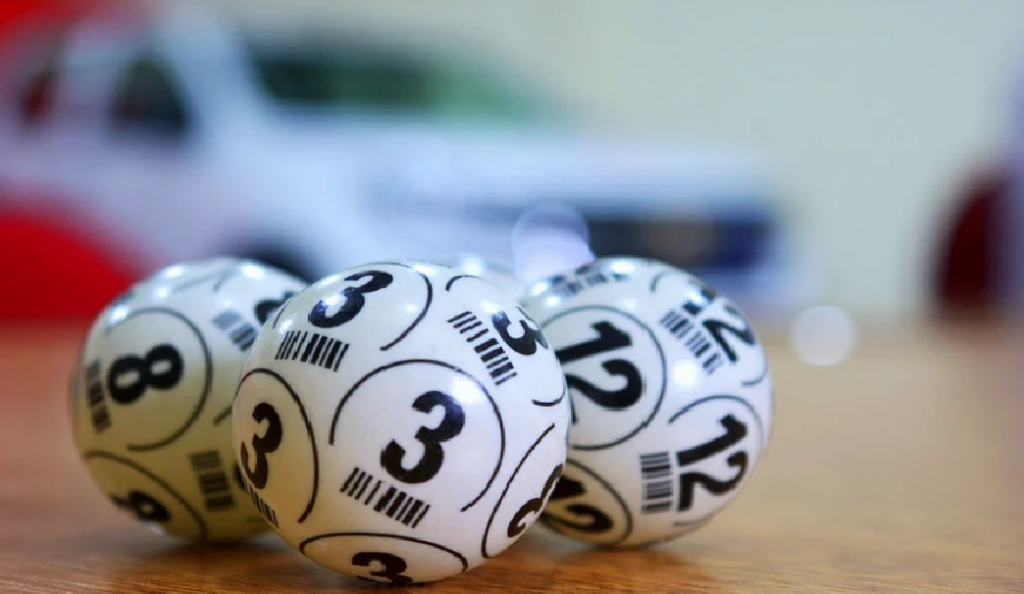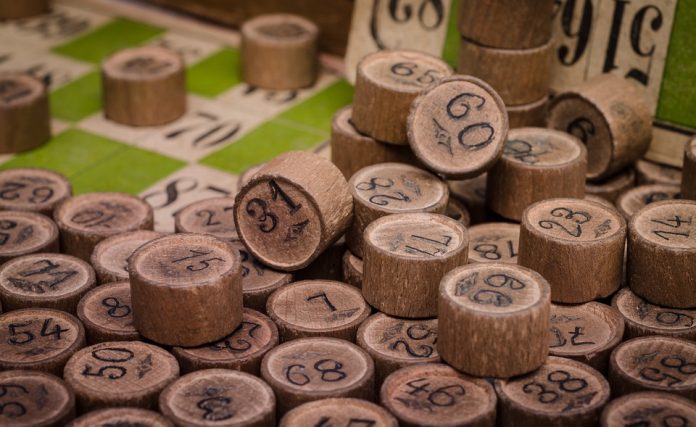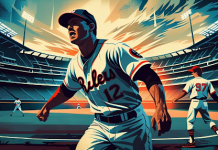Bingo continues to be rooted in western culture and represents the core of local communities and the social practices, cuisines, and pastimes that brought them together. The bingo hall, even some of the well-known brands that ran them, is synonymous with the center of towns and cities. Brits caught onto the trend and, in 1940s America, the game really took hold and grew into a sort of cultural mecca for smaller communities. Lets know about the From Halls to Homes:- The rise and fall of bingo halls.
Millions of venues dotted over the landscape thrived all the way through to the eighties. Becoming an equally tantalizing way to compete for prize-money, the game, with its roots in medieval Italy, had evolved into something much bigger. Then the internet was born, and everything changed.
Table of Contents
Tempting Alternatives
The decline of physical bingo halls came for a number of reasons. It would be unfair to pin it entirely on the rise of online gaming and gambling – for example, the lottery also played a role. A cheap and easy way to enjoy the same thrill of winning. People seemed to warm to this new format of communal gaming, amongst other new distractions – between 1995 to the millennium in 2000, physical bingo halls rapidly fell out of favor. The next step to eradicating the appeal of bingo halls was related to a very different vice altogether.
No Puff, No Point
Smoking bans sprang up around the world throughout the late nineties and early noughties, as the dangers of smoking came to the fore. Largely, this affected public spaces, and bingo halls fell under that umbrella. At present, 48 states and a large number of Native American reservations are allowed to host bingo events. Not inconsiderable, but there has been a dramatic reduction to the numbers who played in the 60s. Due to the varying US state laws that define smoking bans, it’s difficult to measure the impact of attendance to large-scale bingo halls, however, by and large, indoor, public bingo halls faded with the cigarette smoke.
The final straw was ultimately the online arena. A way to reach billions of people from the comfort of their own homes, where they could smoke, drink, and socialize as much as they pleased. On top of that, the game itself had a chance to evolve. In the US, the game changed, if only slightly. The introduction of online 75-ball bingo offered a variation of the traditional 90-ball game structure, with a slightly slower pace, making it more accessible to newcomers.

The game of Bingo that Americans know today began with a man called Edwin S. Lowe, a New York toy salesman. While there is no way he could have known that the game of “Beano” he observed at a county fair in Atlanta, Georgia would become the global past time that it did – the fall of the physical bingo hall is still a stark sign of the speed at which things can change.
Many older, western cities and towns are still built around and make use of bingo halls, although perhaps not always for bingo. They still represent the communities who gather at them, as a spot where people from the neighborhood share experiences and events.
That’s the reality, bingo itself is still a much-loved social sport, and its life goes on within our mobile phones and laptops. However, there will likely never again be a generation of people so partial to an evening down the bingo hall, with a cigarette in one hand and a marker pen in the other. Those days, it seems, are behind us.








